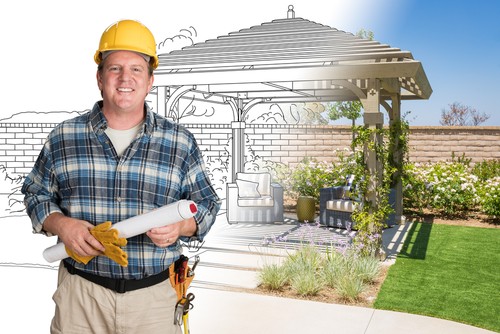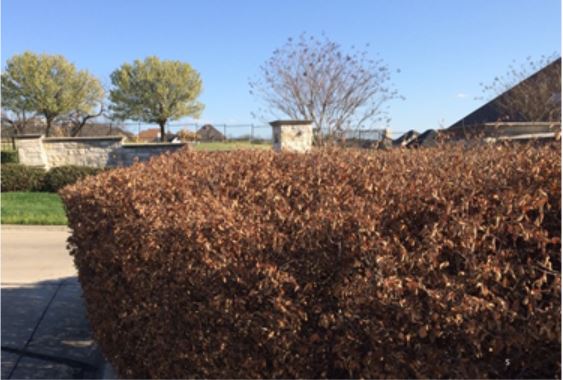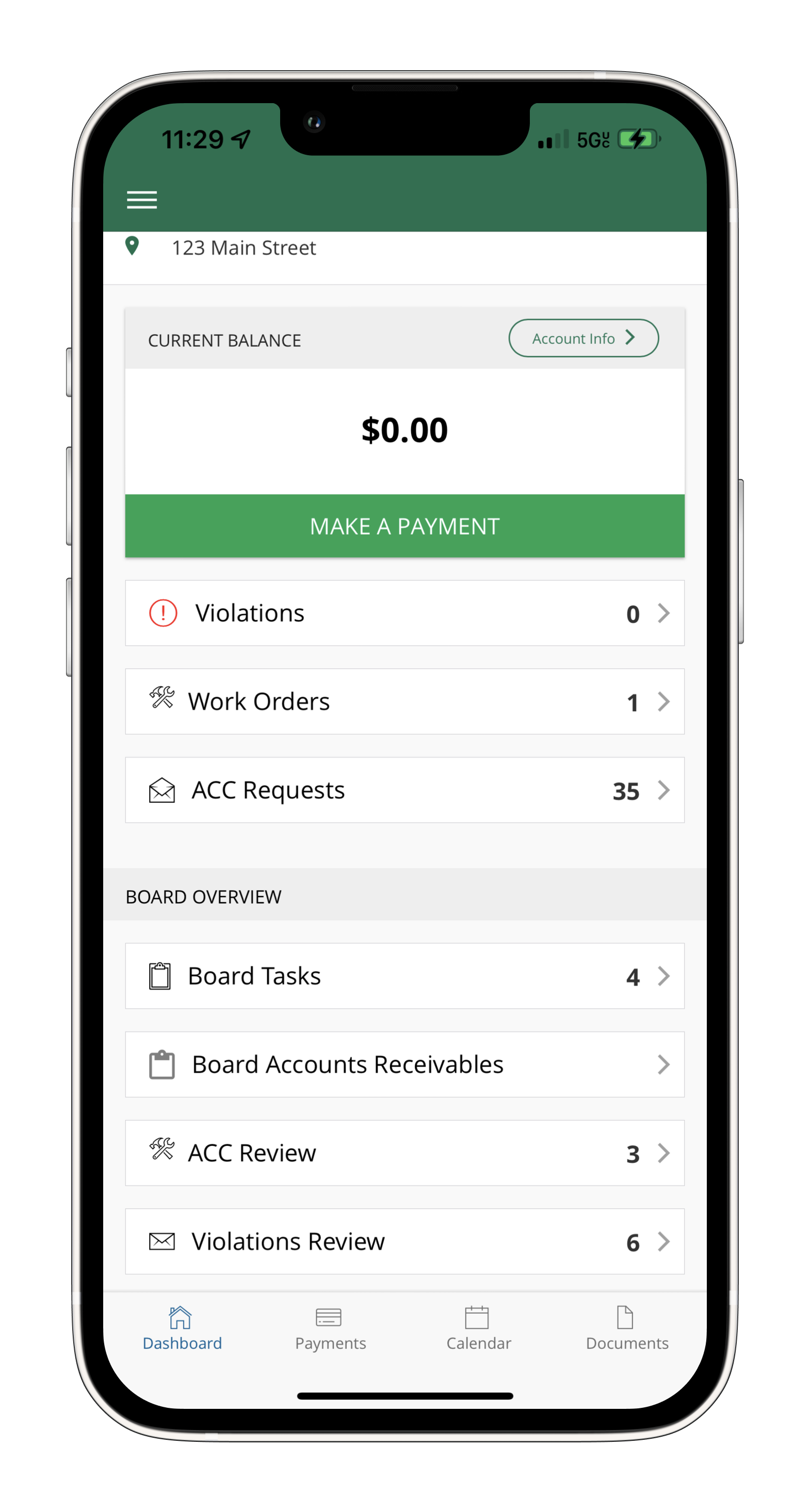
What’s Missing from Your Association’s Budget?
August 26, 2019
How to Avoid Common Architectural Modification Issues
September 19, 2019“The parking lot lights that were destroyed by lightning strike a couple of years ago and were recently replaced are still are not working as they should. The electrician has come back a couple of times to confirm everything is working as it should be. We’re still having problems, and I have scheduled the vendor to return to trouble shoot for some other electrical problem which is causing the lights to work intermittently.” Or
Effective communication begins with understanding the essential roles of each party.
“We’ve finally found a handyman in the area that can take care of all the small projects in the community center and fitness center, to insure proper maintenance of the asset. We are so excited to finally have found someone we can rely upon who is reasonable priced, responsive, and responsible.”
Most board members would like to receive communications like these from their manager -not because there’s an unexpected issue, but because they’re gratified to get a heads-up that the manager is taking care of it.
As your management company, CMA earns the board’s trust by demonstrating, in part through effective and honest communications, that it represents the best interests of the HOA and property values in the community.
Effective communication begins with understanding the essential roles of each party. The board is responsible for acting as a fiduciary for the HOA and for enhancing residents’ enjoyment of the community, while the management company ensures the Board has the information necessary to accomplish their roles by providing the guidance and direction required for successful running of day-to day community operations.
A few examples illustrate the value of communications to effective association management.

- Problem solving performance issues: Board members must rely on the experience of the management company for guidance with problems that may be new to the community. If vendors are under performing or under-delivering in the middle of a project, for example, what is the most cost-effective way to change vendors midstream without jeopardizing important deadlines? Or if a sudden rise in burglaries threatens the well-being of the community, how can the board and management work with local law enforcement to put an end to the crisis?
- Working collaboratively: The manager establishes a daily point of contact on the board for the construction manager and general contractor’s superintendent as well as giving guidance to that board member. On a weekly basis, a representative from the board and management should meet with the construction manager and contractor for updates, and then communicate these developments to the board and to residents. On a monthly basis, full progress reports should be created detailing what has been accomplished, what is on schedule for the next month, and any schedule or change orders. Regular WIP (Work in Progress) reports from the manager keep the board informed to keep projects on schedule once work is underway.
- Heading off problems with written communications: A construction project may require a temporary closure of the clubhouse or pool. Residents need timely (not last minute) communications, so that they feel their dues are going to worthwhile expenses, and don’t feel that they are being banned from enjoying amenities they pay for.
- Proactive communications about management processes: Boards rely on CMA’s expertise in many processes, which have been refined through years of experience. Effective communication is key to ensure the board and manager understand their responsibilities and accountability for important steps to complete such critical items as the association budget. Without good communication, these processes fail and lead to finger-pointing.
- Learning the particular community concerns: Though management has experience with many communities over a period of time, each neighborhood is different. A good manager will learn from board members about compliance hot buttons, like street parking rules, and how best to communicate them to residents. The CMA management team will conduct ‘ride-alongs’ with board members to not only understand their concerns and get their viewpoints, but to see the issues for themselves.
- Onboarding new board members: CMA provides an orientation and onboarding process for new members to accelerate their learning curves, educate them about the community and their leadership roles. New board members thrive with the support of a strong management company that values communication.
Once this trust is earned, communication channels are open, and vital information flows freely between the board, management, and residents. A case in point:
Many owners wanted to have bottled water available in the gym, but the board decided it was too expensive. The manager did some research and found some fountains that allow you to have filtered water to fill your own bottles. The board liked and adopted the idea to solve the problem and satisfy homeowners. Good communication and creative problem solving resulted in a win-win for everyone!

Pam Grundy
Executive Vice President, AMS®, CMCA®







